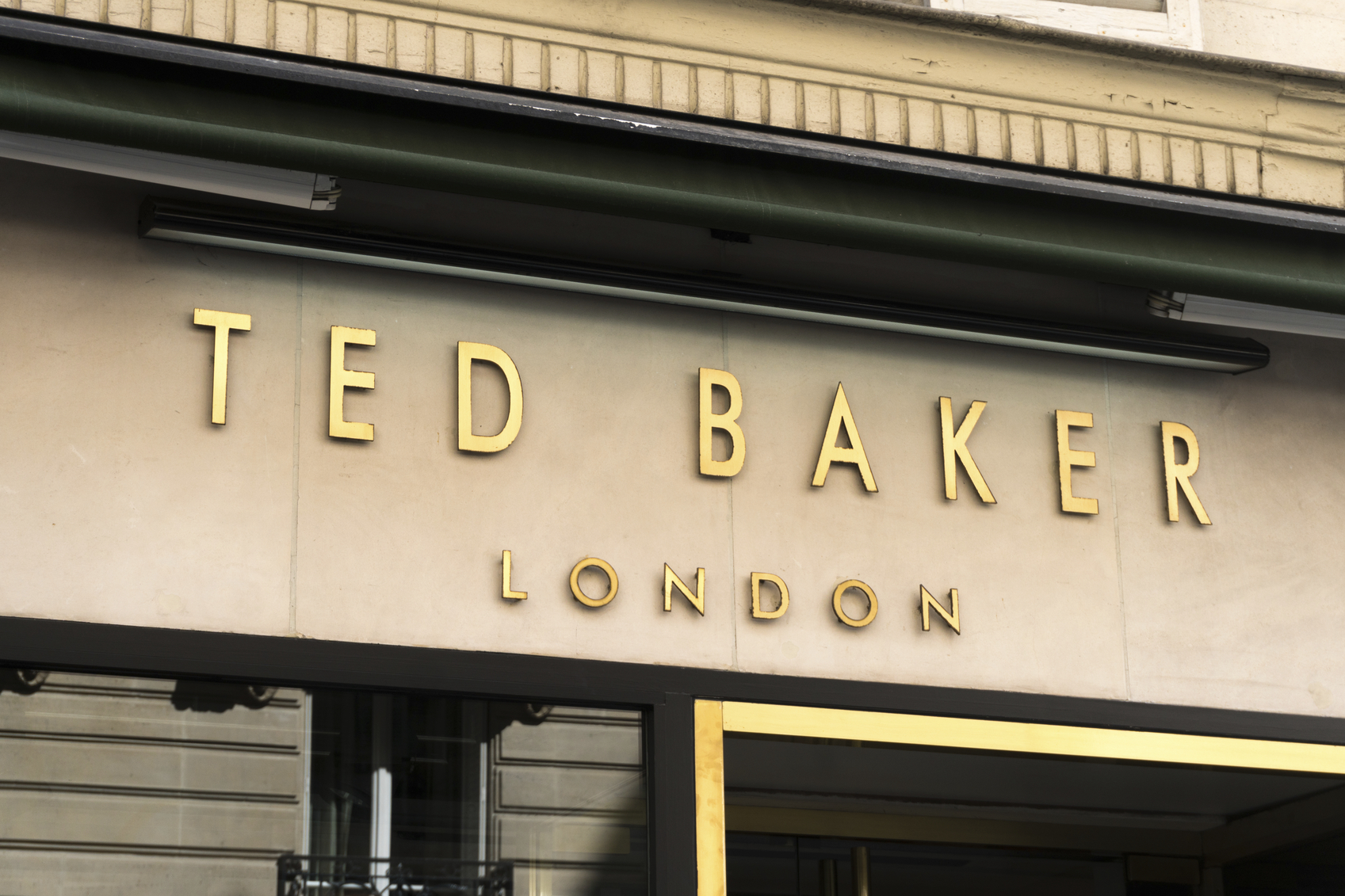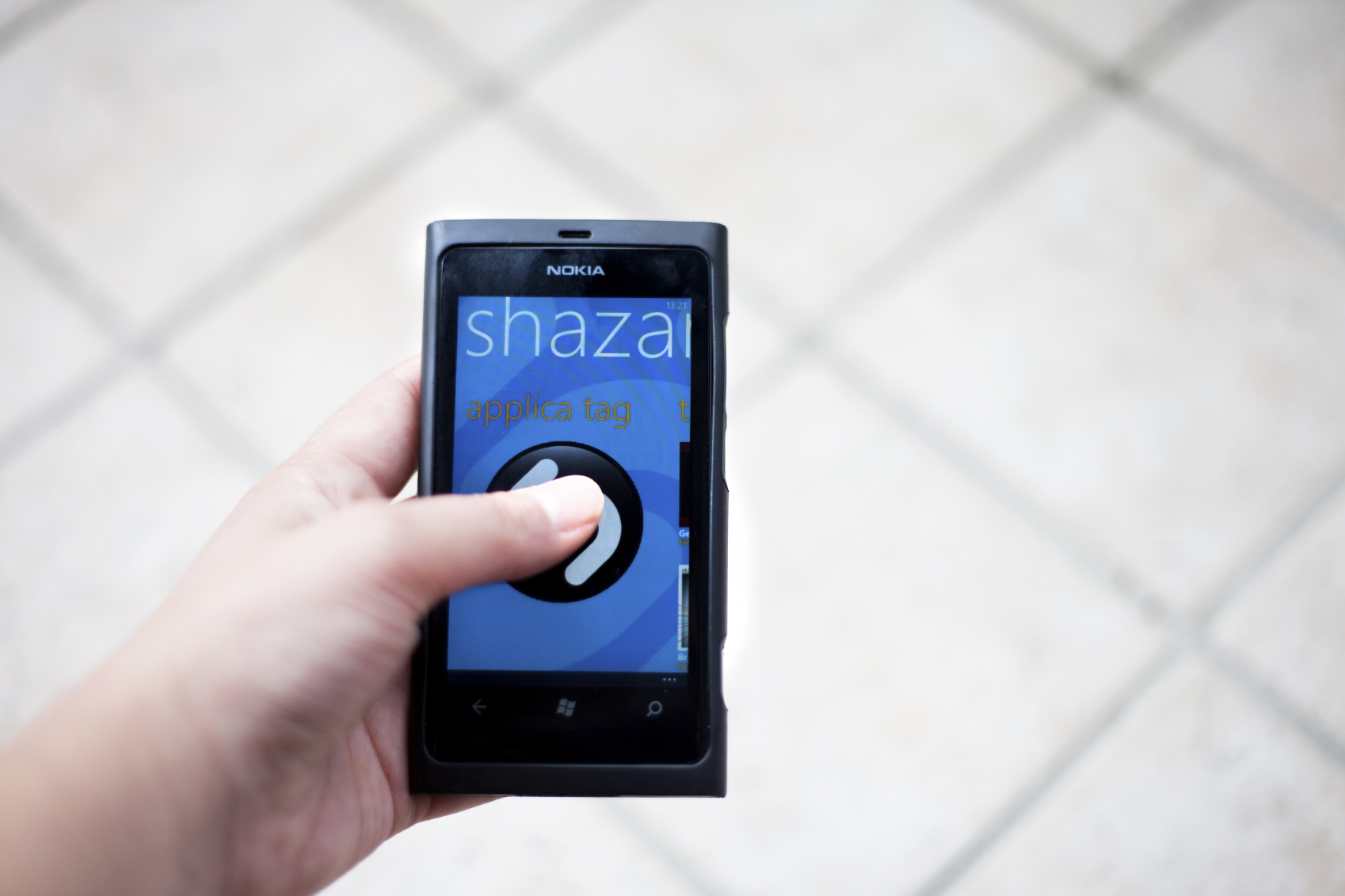What Happened
Fashion retailer Ted Baker is teaming up with Google for a voice-activated, in-store experience that leverages Google Voice to engage with shoppers. Customers visiting Ted Baker stores can open the Google Voice app, utter the phrases printed on the store windows, and receive clues to unlock rewards. The feature is geo-fenced so only shoppers in Ted Baker stores will have access to it. Besides this interactive experience, Ted Baker also created a shoppable film which will be distributed through retail partners and department stores to play on their websites.
What Brands Need To Do
By tapping into the voice activation enabled by Google Voice, Ted Baker devised a fun way to engage with customers and reward them for visiting stores. Together with the shoppable film, this initiative is illustrative of the fashion retailer’s willingness to venture beyond traditional marketing channels and explore newer forms of marketing. At a time when consumers are growing tired of ads and increasingly turning to ad-free services and ad-blockers, brands need to experiment with new approaches such as interactive store experiences and shoppable content to effectively reach their audience.
The Lab has extensive experience in designing interactive store experiences for beauty and fashion brands to engage customers. Our recent work with NYX Cosmetics includes a digital beauty bar that incorporates social and mobile elements into a sampling experience. If you’d like to advance your strategy to reach connected shoppers, please contact our Client Services Director Samantha Holland ([email protected]) to schedule a visit to the Lab.
Source: Glossy


